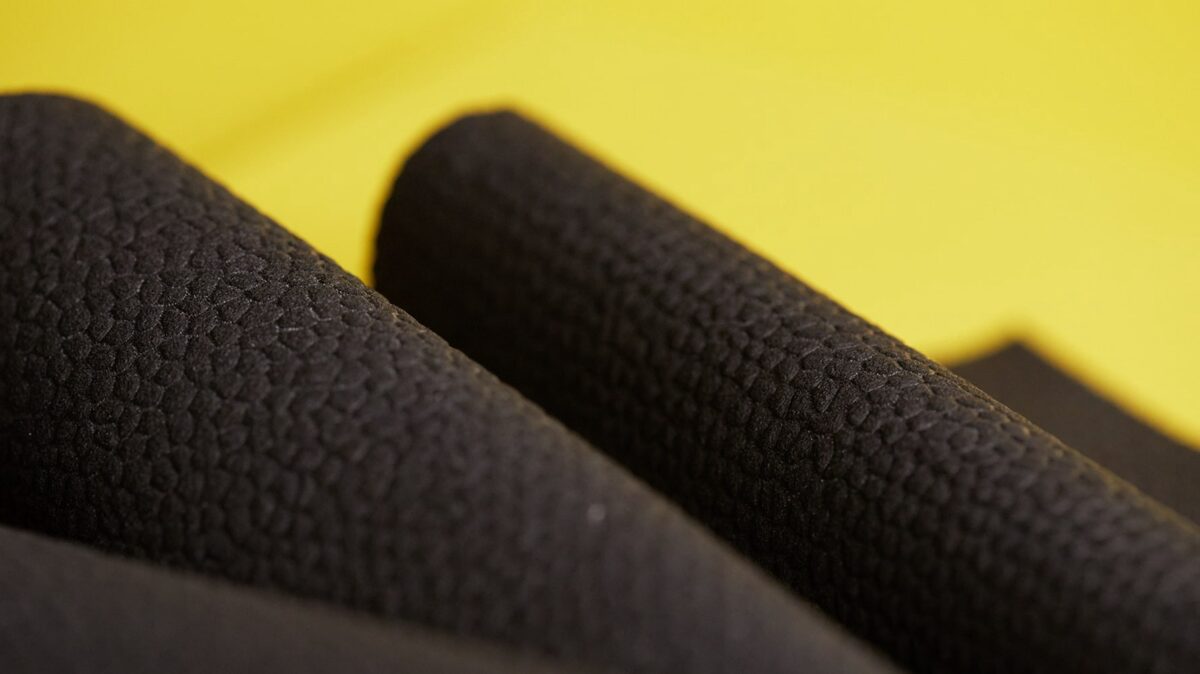This leather alternative is probably changing our imagination, it’s certainly a hot topic in the fashion industry these days. Let’s see how the eco-friendly natural materials perform in the limelight.

We all have heard about the controversial debate about the use of animal leather and cruelty-free leather in the fashion world. This brings up a complex issue and we can not easily solvable in a short-term. Surprisingly, the rise in vegetable leather is making the argument outdated. Coming out from the woodwork, mushroom is a new kind of leather-like material that can be introduced as a sustainable leather.
It seems impossible for a mushroom to make leather as we normally use it for delicious meals like risotto. But the mushroom-based leather is not produced from the same kind of mushroom that we eat. For example, Muskin is a leather made from a type of mushroom called Phellinus Ellipsoideus.

How it’s made?
This mushroom leather technology is patented by US companies about five years ago. They use the root-like structure part of the mushroom, mycelium, that include the same polymer in crab shells. Mushroom roots can form a dense mat in order to resemble leather.
As the roots are not the mushrooms that usually used, this develops a natural biological process that can be carried out anywhere. It’s easy to form as it doesn’t require light, convert remaining waste to any useful materials and store carbon by gathering it to grow fungus. Also, the entire production process is much more efficient. From growing a spore to leather, it takes around a couple of week compared with years that to raise a cow to be mature.
Next, the manufacturer will use mild acids, alcohol and dyes to modify the fungal material. Followed by the compress, dry and emboss steps. These processes are relatively simple, and it can be used for mass production. The final leather product looks and feels similar to animal leather including its durability.
What else can be the next cruelty-free leather?

Pineapple leather
Piñatex is a leather alternative that made from cellulose fibres extracted from pineapple. It is sturdy and durable which has been used by fashion design companies for purse and wallet.

Biofabricated leather
This is the leather that has the least publicity. Biofabricated leather allows people to ‘grow’ leather with a pair of DNA. By cutting and replacing the sections of the DNA, a new and unique strand of DNA can instruct the cells to form collagen that needed to produce different textures of leather.
From this point, using creativity to harness new material is a step leading the right direction to sustainable fashion. However, these materials are not often utilized to average brand and making an impactful change.
It is understandable that all innovation comes with a challenge and the sustainable fashion world can conquer with the change.
Subscribe to FIB’s Weekly Alchemy Report for your weekly dose of music, fashion and pop culture news!







